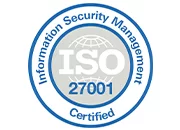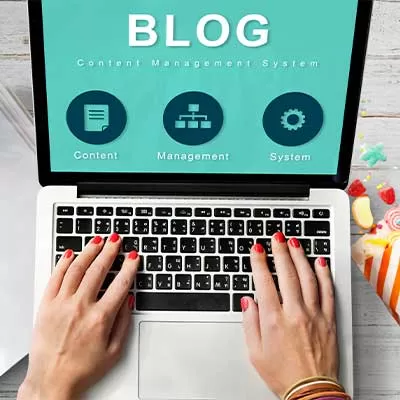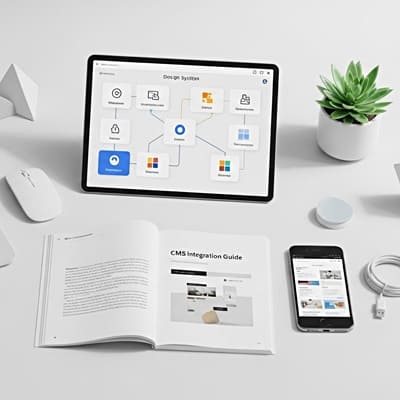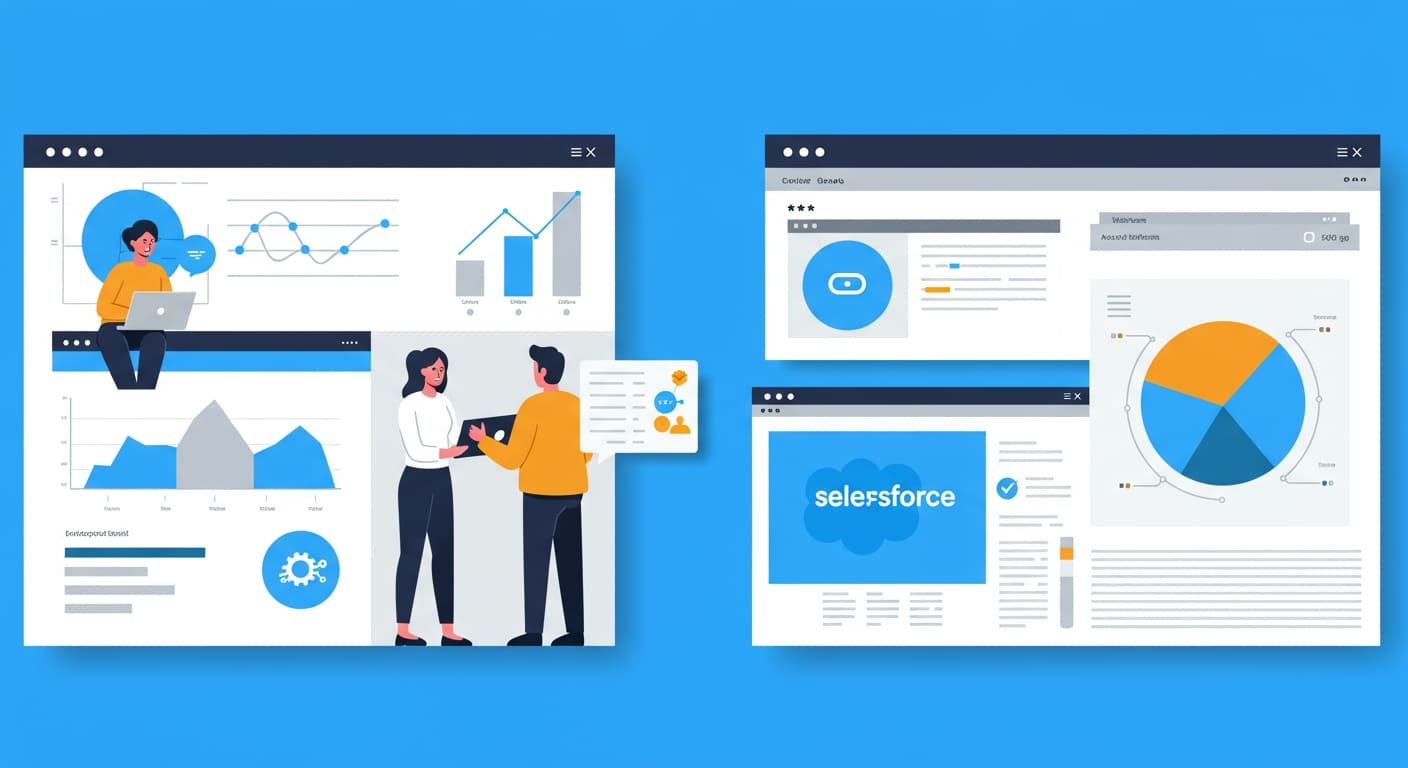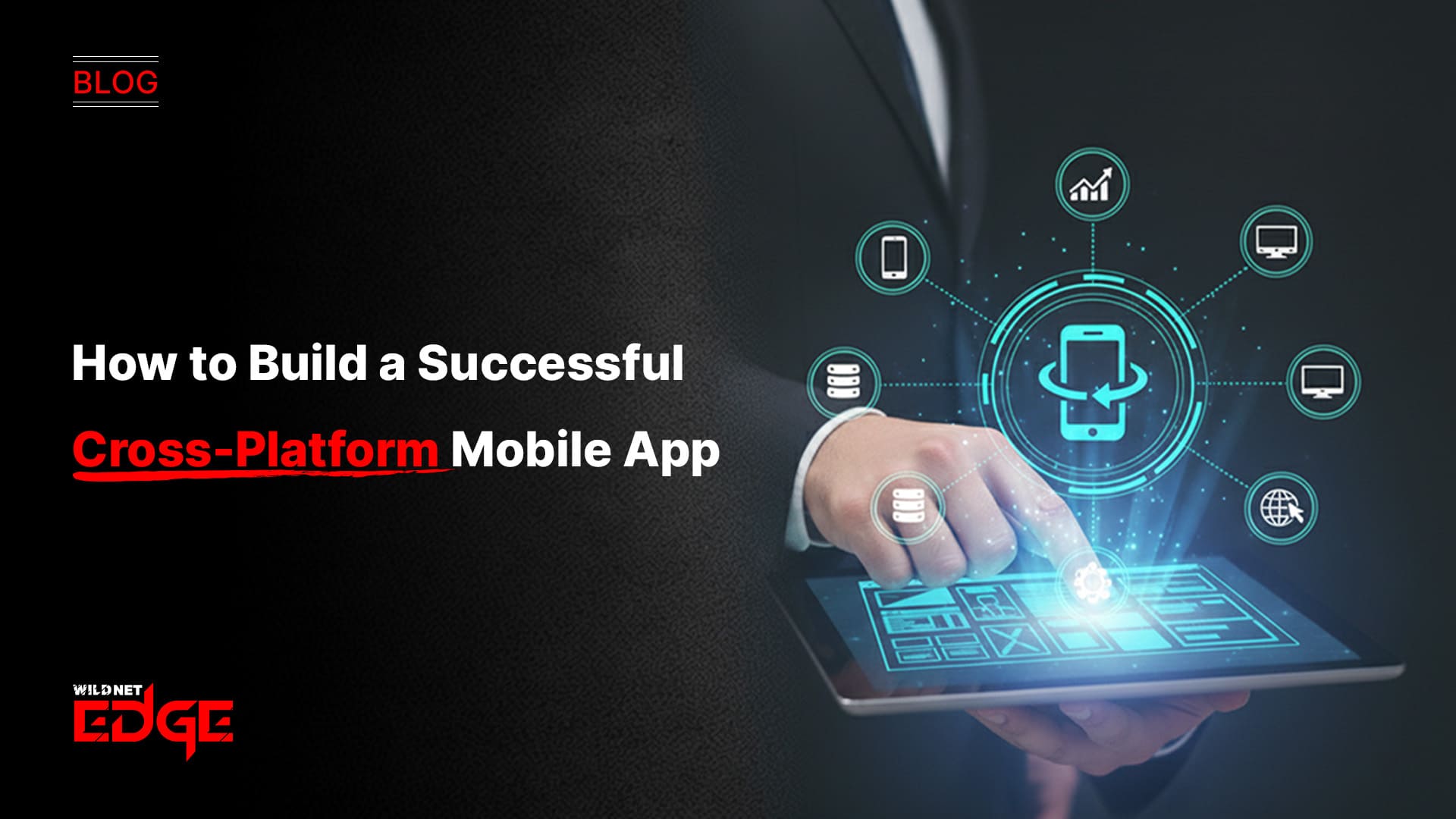Introduction:
Are you tired of losing clients due to scheduling mishaps? An outdated booking process can frustrate both you and your customers, leading to missed appointments and lost revenue. An appointment booking app can streamline your salon or clinic’s operations, ensuring seamless scheduling and enhanced customer satisfaction. In this guide, we’ll explore how to build an effective appointment booking app that meets the unique needs of salons and clinics.
The Importance of a Scheduling System
In today’s fast-paced world, the importance of a robust scheduling system cannot be overstated, especially for salons and clinics. A well-implemented scheduling system enhances operational efficiency, allowing businesses to manage their time and resources more effectively.
When clients can easily book appointments online, it reduces the chances of double-booking, minimizes no-shows, and allows for better time management. This leads to a more organized environment, where both staff and clients can focus on what truly matters: providing and receiving excellent service.
Moreover, an efficient scheduling system can significantly boost client retention. When customers experience hassle-free booking and timely reminders, their satisfaction levels increase, making them more likely to return. According to recent studies, businesses that utilize appointment booking apps see a 30% increase in client retention rates. This not only translates to higher revenue but also fosters a loyal customer base that advocates for your salon or clinic.
In addition, a scheduling system can provide valuable insights into client behavior. By analyzing booking patterns, you can identify peak hours, popular services, and even client preferences. This information can help you tailor your marketing strategies, optimize staff schedules, and ultimately enhance the overall customer experience.
Key Features of a Successful Salon App Development
Building an appointment booking app for your salon requires careful consideration of essential features that cater to both your business needs and your clients’ expectations. Here are some key features to include in your salon app development:
- User-Friendly Interface: The interface should be intuitive, allowing users to navigate the app with ease. A clean design enhances user satisfaction and encourages more bookings.
- Calendar Integration: Syncing with popular calendar apps like Google Calendar or Apple Calendar enables clients to see their appointments alongside their other commitments. This integration minimizes scheduling conflicts and enhances convenience.
- Automated Reminders: Sending automated reminders via push notifications or SMS can significantly reduce no-shows. Clients appreciate timely reminders, which help them remember their appointments and feel valued.
- Payment Processing Options: Offering multiple payment options, including credit/debit cards, mobile wallets, and even in-app payments, can streamline the checkout process. A secure payment gateway boosts client trust and satisfaction.
- Client Profiles: Allowing clients to create profiles with their preferences and history can personalize their experience. This feature can help staff prepare for appointments better and provide tailored services.
- Feedback System: Implementing a feedback mechanism allows clients to share their experiences. This not only helps you improve services but also shows clients that their opinions matter.
By incorporating these features into your appointment booking app, you can create a tool that enhances the overall client experience while streamlining your salon’s operations.
Steps to Develop Your Appointment Booking App
Developing an appointment booking app involves several critical steps. Here’s a detailed breakdown of the process:
- Defining Your Target Audience: Understanding your audience is crucial. Are they busy professionals, students, or families? Knowing who your clients are helps you tailor the app’s features to meet their specific needs.
- Choosing the Right Technology Stack: Selecting the appropriate technology stack is vital for the app’s performance and scalability. Consider using technologies like React Native for cross-platform development or Firebase for real-time data management.
- Designing the User Experience: Focus on creating an engaging user experience. Use wireframes and prototypes to visualize the app’s flow. Consider user feedback during the design phase to ensure the app meets client expectations.
- Testing and Launching the App: Before launching, conduct thorough testing to identify and fix bugs. Utilize beta testers to gather real-world feedback. Once satisfied with the app’s performance, launch it on app stores and promote it through your marketing channels.
- Post-Launch Support and Updates: After launch, continue to monitor app performance and user feedback. Regular updates are essential for maintaining security, adding new features, and improving user experience.
By following these steps, you can develop a robust appointment booking app that caters specifically to the needs of salons and clinics, ultimately enhancing client satisfaction and operational efficiency.
Trends in Appointment Booking Apps
As technology evolves, so do the features and capabilities of appointment booking apps. Here are some current trends and advanced tactics in the industry:
- AI and Machine Learning for Personalized Experiences: Leveraging AI can enhance user experience by providing personalized recommendations based on client history and preferences. Machine learning algorithms can analyze booking patterns and suggest optimal appointment times and services.
- Integration with Social Media for Easier Bookings: Social media platforms are powerful tools for businesses. Integrating your booking app with platforms like Instagram and Facebook allows clients to book appointments directly, increasing convenience and potential client engagement.
- Analytics Features for Performance Tracking: Incorporating analytics into your app can provide valuable insights into client behavior and app performance. Understanding which services are most popular or when clients prefer to book can inform your marketing strategies and service offerings.
- Mobile Wallet Integration: With the rise of digital payments, integrating mobile wallets like Apple Pay and Google Pay can streamline the payment process and enhance security, making it more convenient for clients.
- Virtual Consultations: Especially in the wake of the pandemic, offering virtual consultations has become increasingly popular. This feature allows clients to book online consultations, expanding your service offerings and enhancing client convenience.
By staying abreast of these trends, you can ensure your appointment booking app remains competitive and meets the evolving needs of your clients.
Conclusion:
Building an appointment booking app tailored for salons and clinics can dramatically enhance your business operations and customer experience. With the right approach and features, you can create a solution that not only meets the needs of your clients but also sets you apart from the competition. Trust WildnetEdge to guide you through the development process and elevate your salon’s booking experience. Ready to get started? Let’s connect!
FAQs
Q1: What features should an appointment booking app include?
Essential features include a user-friendly interface, calendar integration, automated reminders, and payment processing options.
Q2: How can a scheduling system improve client retention?
A scheduling system reduces missed appointments and enhances customer satisfaction, leading to higher retention rates.
Q3: What are the key steps in salon app development?
The key steps include defining your target audience, choosing the right technology stack, designing the user experience, and testing the app.
Q4: Are there any current trends in appointment booking apps?
Yes, trends include AI personalization, social media integration, and advanced analytics features.
Q5: How can WildnetEdge help with app development?
WildnetEdge offers expertise in salon app development, ensuring your appointment booking app meets industry standards and user needs.

Nitin Agarwal is a veteran in custom software development. He is fascinated by how software can turn ideas into real-world solutions. With extensive experience designing scalable and efficient systems, he focuses on creating software that delivers tangible results. Nitin enjoys exploring emerging technologies, taking on challenging projects, and mentoring teams to bring ideas to life. He believes that good software is not just about code; it’s about understanding problems and creating value for users. For him, great software combines thoughtful design, clever engineering, and a clear understanding of the problems it’s meant to solve.
 sales@wildnetedge.com
sales@wildnetedge.com +1 (212) 901 8616
+1 (212) 901 8616 +1 (437) 225-7733
+1 (437) 225-7733







